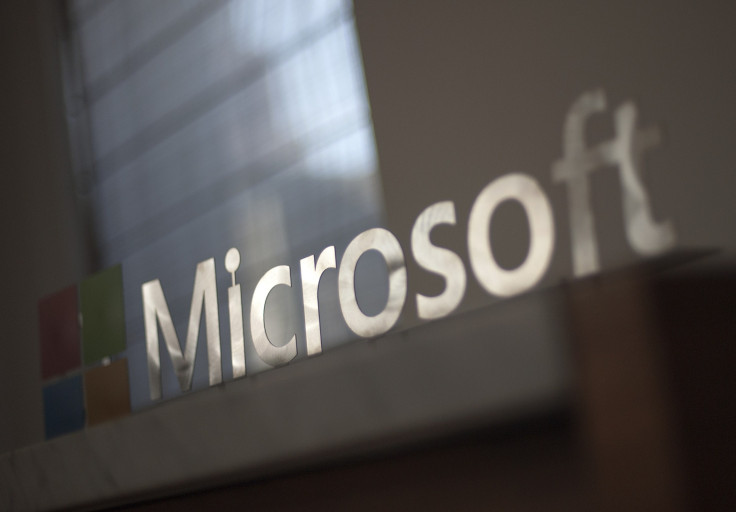Microsoft marches further into Ethereum Blockchain as a Service with 'Cryplets' and 'Enclaves'
Microsoft blockchain lead Marley Gray explains how Ethereum will reach enterprise in secure and scalable fashion.

In the year since it publicly announced backing for Ethereum via the Azure Cloud Blockchain-as-a-Service (BaaS), Microsoft has been busy.
Taking to the stage at DevCon2, Marley Gray, who heads the Ethereum BaaS on the Azure project, pointed out that he had to do some horrible things to get Microsoft to agree to sponsor it last year. "This year it was really easy. And a lot more money."
Gray introduced Bletchly V1, Microsoft's blockchain network management system and "Cryplets", a middleware approach to providing tools for enterprise using blockchains released in June this year. Cryplets are a new building block which enables communication between the blockchain and external data sources; it's an area of intense concern to enterprise customers, noted Gray.
"All of our enterprise customers are trying to figure how to realise this distributed network promise. We are going to see this in healthcare, media, supply chains is huge. Cryplets is our catchall for capturing this stuff in the cloud," he said.
Gray said there are lots of missing points that businesses want, and Microsoft has identified a few things such as identity, existing systems integration, managing the life cycle of keys, for example. The overarching goal for Microsoft has been not just trusted data, but trusted execution, he added.
"It's something in enterprise that's paid a lot of attention to. How do you get clean separation of concerns in your code? So doing things at specific times or intervals, doing things based on triggers – you can have market watches. You also want to be able to use IP or algorithms that you have and still get the benefit of distributed ledger technology."
So Microsoft has been looking closely at oracles; the way external data can been introduced to smart contacts to "wake them up" and make them do stuff. "How do you get real world data in there – secure data for secure execution?
Gray said Cryplets does this by default. But it goes beyond into secure execution and Microsoft's BaaS is striving to create a "Cryplet fabric" that is easily consumed by developers.
"There is a lot of infrastructure we are building to wire this up. You will be able to discover Cryplets out in the market place, make reference to them, declaratively state what you want to do and have the infrastructure just work. Cryplets manage the entire security envelope.
"What you get is this sealed trust envelope with a three tier signature architecture. This can be taken further using a smart contract rather than an existing database. The user is declaring the data they want to keep track of and the stored procedures for updating that data.
"The Cryplet can run off-chain and you can scale it vertically to every single node. This is attractive to consortium networks where for example you have a bank and a hedge fund want to share some pricing algorithm that has to be kept secret; that can be run on the Cryplet, but still get the benefit of distributed ledger technology."
"But you might say, I can write this on my own – why would I use Azure to do this?"
Gray said in the future, Microsoft will provide secure "Enclaves" at the level of silicon, on the chip. "The advances in silicon, in hardware for security creates Enclaves. It's an area of the chip itself where you can have code and have data run that is tamper resistant.
"It's the chip itself that is tamper proof; you can't poke into it, or interrupt it. It provides full attestation at the CP level, built in the Enclave to run in the Enclave. You want scale, security, attestation – you are trying to get that big contract with a bank, let's say.
"If you can make rock solid guarantees that your code is running in a secure, isolated container, in the cloud, and recorded into the blockchain – it gives you a level of security that you can't really get anywhere else at scale. You can deploy this with Azure."
A 26-page white paper has been released by Microsoft on Cryplet innovations, added Gray. "We are now building this. So you can't start using it today but you can read the paper and start planning the apps it will allow you to develop."
© Copyright IBTimes 2025. All rights reserved.





















